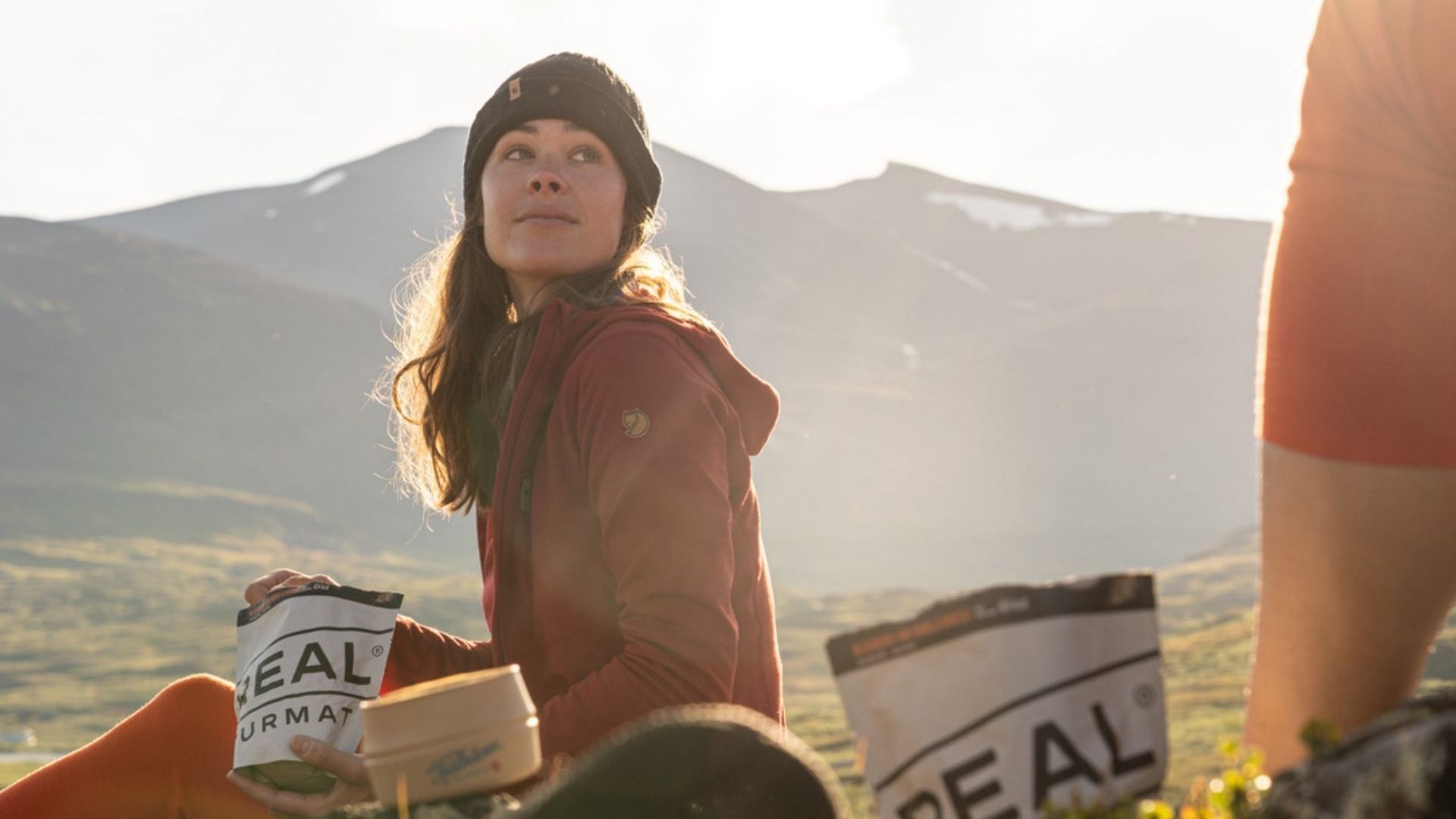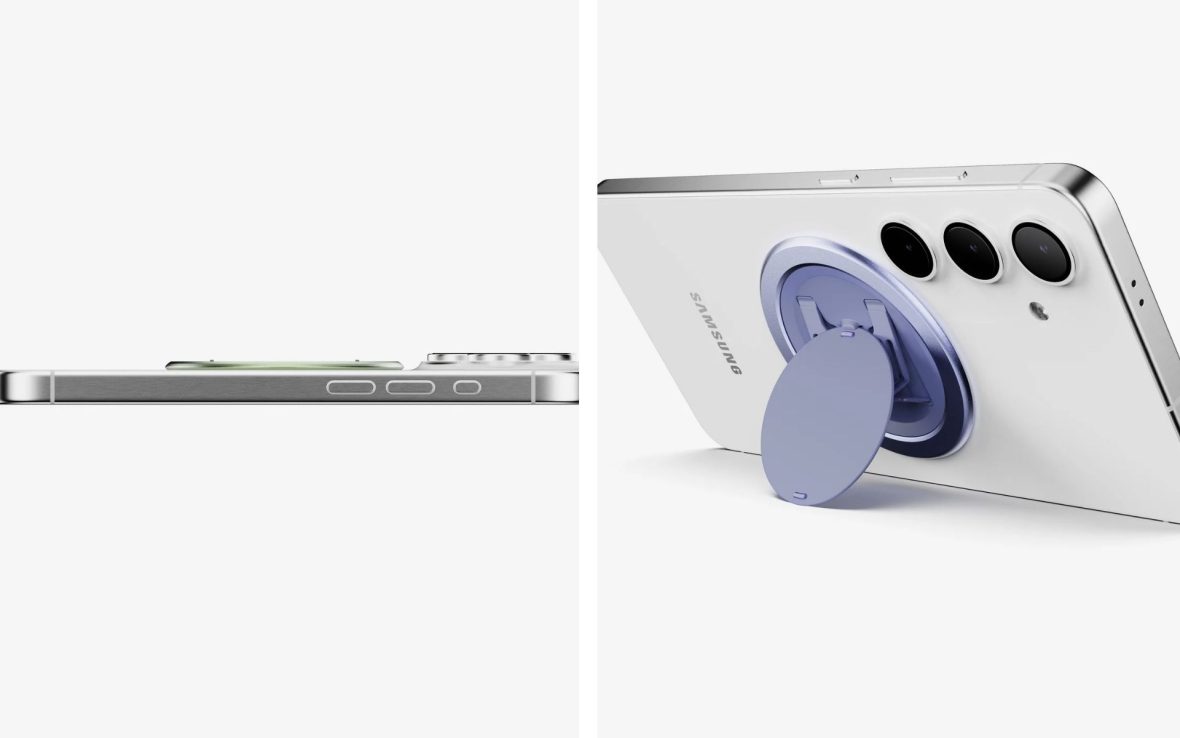
How does Adventure.com’s gear writer Kassondra Cloos know when a product is worth recommending? She reaches for it without thinking.


How does Adventure.com’s gear writer Kassondra Cloos know when a product is worth recommending? She reaches for it without thinking.
It’s a gorgeous day in Narragansett, Rhode Island, and it’s uncommonly warm for early October. It’s hot enough that my boyfriend Matt and I hit beach traffic on our drive down from Providence, as if we’ve been granted a bonus day of summer before the leaves start falling in earnest.
The Instagram version: I launch the HOVERAir ProMax, a self-flying ‘selfie drone,’ to take epic aerial footage as Matt and our friend Nick paddle kayaks down the brackish Narrow River. Matt’s in a white, foldable Oru Kayak, and Nick’s in a bright red sea kayak. Both pop against the river, and they look very cool.
The reality: From land, out of view, my phone disconnects from the HOVERAir as it flies so high it could not be rescued with an extendable firetruck ladder. I do not know what I’m doing, so I decide to go in after it. Maybe my phone will reconnect if I get closer, I think, or maybe I could catch it if it starts to drop. I paddle right underneath the camera.
I’ll spoil it for you: Only one of us makes it back to land without falling in the water, and it isn’t me.
This is the life of a product tester.
If you ask the very dear friends I was kayaking with that day, the worst part wasn’t even that I managed to capsize in knee-deep water trying to get back on dry land. It was that my phone did successfully reconnect to the camera as I paddled underneath it, and I directed it to stop recording and go ‘home’ before I tumbled out of my boat. A real content travesty.
We try to feature products that have real potential to be the last version of that thing you’ll ever need. Using natural, organic, recycled, or recyclable materials is great, but we also want to see that those products are repairable.
Gear testing isn’t always this exciting (or embarrassing), but it’s one of the best parts of my job. It’s harder to impress me now than it was 10 years ago when I was just getting started, but I get to make even more excuses to play outside these days, and that’s just as fun as it sounds.
Every day, people email me with pitches for products they want me to feature. I get pitches about camping gear, ‘travel-friendly’ apparel and accessories, and cool new tech, like the HOVERAir and Daylight Computer. I also get pitches for tons of things that aren’t on brand, like high fashion, home décor, spa and beauty products, and alcohol, or which I’m not qualified to test first-hand as a non-parent, non-pet-having individual.

For me to say yes to testing a product, it has to be innovative or newsworthy in some way. Gnara’s Go There trousers, for example, have a hidden zip up the back to make it easier to ‘go’ trailside—if you’ve ever tried to pee while hiking as a woman, you’ll know. While I was initially skeptical from a hygiene perspective, they were clearly worth trying because there was nothing else like it on the market (spoiler: I love them).
If it’s not newsworthy, then it needs to have the potential to address a problem I’m actively trying to solve. For example, to stop my phone slipping out of my hand, I used to have a PopSocket on the back of it. It worked OK, but I didn’t like that the grip had a high profile, as it was always catching on my clothes whenever I put it in a pocket. When the publicist for Ohsnap reached out to ask if I wanted to try the Snap 4 Luxe, a svelte phone grip that attaches with both magnets and reusable adhesive, I said yes immediately.
I’ve been using the new grip for about three months now, and it’s quickly become one of my favorite products of the entire year. It’s about the size of the MagSafe charging ring on the back of an iPhone, and when it’s closed, it’s extremely low-profile, no taller than your camera lenses. It’s compatible with wireless chargers and looks so sleek it could almost be part of the phone. I drop my phone way less thanks to the Snap 4, and it’s especially useful on travel days when I’m juggling tons of things.
Most of what I test is pitched to me directly, but there are also instances where we seek out a specific product because we think it’s newsworthy. When the Apple Vision Pro came out, for example, one of my editors wanted us to test out what it would be like to ‘visit’ places with VR technology. I reached out to Apple directly to ask if I could borrow a unit, and then we had several meetings, including one in person at the Apple Store in Boston.
We certainly want to know that products and brands have a clear, greenwash-free sustainability story. There’s no ‘more sustainable’ product out there than the version you already own, so we’re not in the business of trying to persuade you to ‘reduce’ your footprint by buying something new that’s ‘greener.’
Instead, we try to feature products that have real potential to be the last version of that thing you’ll ever need. Using natural, organic, recycled, or recyclable materials is great, but we also want to see that those products are repairable, like Gomi’s power banks made from e-bike batteries, so that you can keep using them for years, if not generations, to come.
The ultimate metric, though, is that I have to be confident it’s something I’d personally recommend to a close friend … What I tell them is what I tell you. I want you to trust that when I recommend something, it’s because I trust it.
I end up writing about a relatively small portion of the gear I test. Before it gets featured on Adventure.com, I’ll submit a pitch to my editors and/or we’ll discuss it in an editorial meeting. Sometimes I’ve already done the testing by that point, as in the case of the reMarkable tablet, which I’d had for three years before I wrote about it.
Sometimes, I’m just beginning to test a product that will clearly have newsworthy appeal even if I’m not sure yet what the verdict will be, as in the case of the Peak Design Roller Pro, a suitcase that was built almost entirely from scratch by a Kickstarter company with a cult following of adventure photographers.
Before I’m willing to vouch for a product, I have to know that it does what it says it’s going to do, and that it does it as good or better than everything else on the market. I want to drag that suitcase around the potholed sidewalks of New York and get rained on in my waterproof jacket and trousers. I want to feel what it’s like to hike uphill in ‘barefoot’ hiking boots. I want to know if I’ll keep reaching for that ‘anti-computer computer’ when I’m not consciously testing it on the clock, and whether I can toss those wrapper-free trail bars in my backpack without worrying that they’ll become magnets for dust and dirt.
The best way to know something is working is if I notice myself looking for it when it’s not available. I knew Paka’s alpaca wool socks and Courier’s socks “for multi-passionate athletes” were something special when I noticed I was doing laundry more frequently so that I could keep wearing them. And when I realized I’d started wearing my armless Ombraz sunglasses without actively choosing to test them, because they were simply the best pair I’d ever worn, I knew they were worthy of their own feature.
The ultimate metric, though, is that I have to be confident it’s something I’d personally recommend to a close friend. Friends and acquaintances are always sliding into my DMs to ask for personal advice about where they should go in a particular city or country and what they should wear there, even when they know I’ve published answers to those exact questions. What they’re asking is, what do I really think? What’s the real scoop?
What I tell them is what I tell you. If I see the appeal of something but I also have hesitations or see room for improvement, I won’t hide the warts. I want you to trust that when I recommend something, it’s because I trust it.
Sometimes, the products I receive are loaners from the brand, so I’ll send them back after I’ve spent sufficient time with them to write a review. Most of the products I try are apparel, consumables such as Wild’s plastic-free refillable deodorant (brilliant) and Proofed!’s biodegradable laundry detergent sheets (as perfect for travel as everyday life), or other personal items that brands don’t want back after they’ve been used, like travel pillows, sleeping bags, or suitcases. In the event the brand doesn’t want it back, I’ll usually give it away to someone I know will get good use out of it, donate it, or keep on testing it for potential future coverage.
Some of the products I now recommend most frequently are things that I didn’t love at first. Ibex’s merino wool Shak Jacket, for example, didn’t seem like my style when the brand first sent it to me, but I found it to be so comfortable, odor-resistant, and destination-versatile that it became a crucial part of my travel wardrobe. And Fjällräven’s Totepack No. 1 seemed like just another tote bag when I first got it in 2018, but its convertible backpack straps have now earned their way on nearly every flight and train I take.
That’s ultimately what I’m looking for on every gear testing trip—something you can rely on not just for a season, but for many years of rugged use. And if I capsize and bruise my ego somewhere along the way? Well, then at least we get a good story.
A note on sustainable consumerism: Adventure.com acknowledges that the most sustainable version of whatever you’re seeking is the one you already possess (and the second-most sustainable pair is secondhand). While we don’t endorse buying things for the sake of it, we do try to highlight more sustainable options in our gear reviews so our readers can make more conscious and informed decisions.
***
Adventure.com strives to be a low-emissions travel publication. We are powered by, but editorially independent of, Intrepid Travel, the world’s largest travel B Corp, who help ensure Adventure.com maintains high standards of sustainability in our work and activities. You can visit our sustainability page or read our Contributor Impact Guidelines for more information.

Kassondra Cloos is a travel journalist from Rhode Island living in London, and Adventure.com's news and gear writer. Her work focuses on slow travel, urban outdoor spaces and human-powered adventure. She has written about kayaking across Scotland, dog sledding in Sweden and road tripping around Mexico. Her latest work appears in The Guardian, Backpacker and Outside, and she is currently section-hiking the 2,795-mile England Coast Path.








Can't find what you're looking for? Try using these tags: